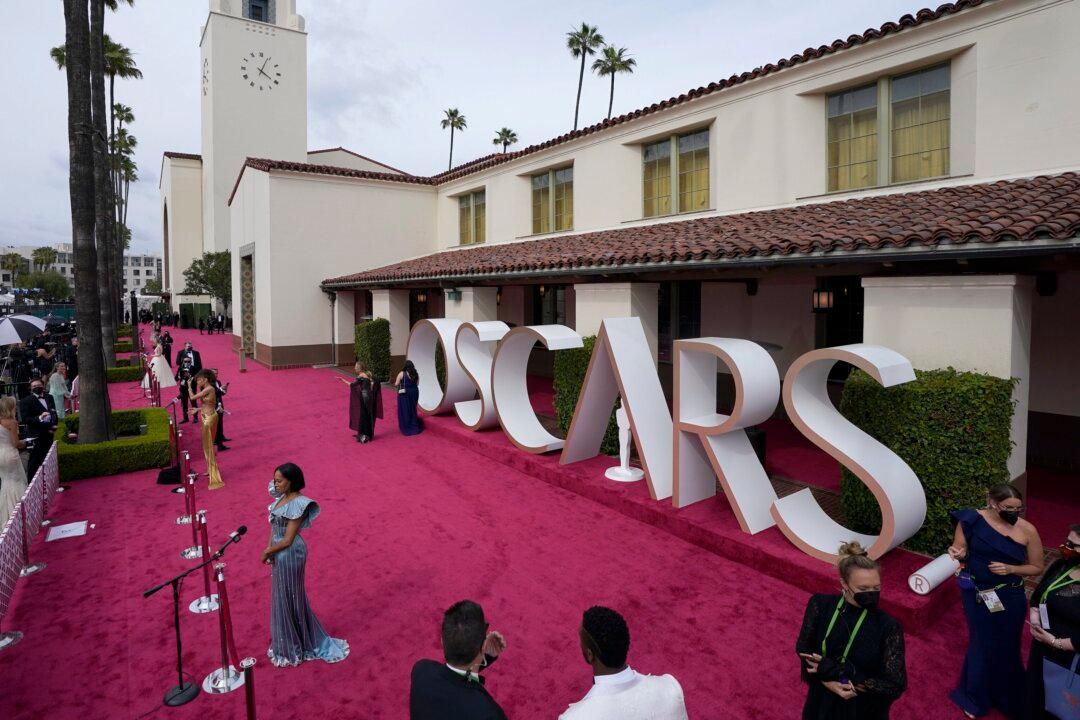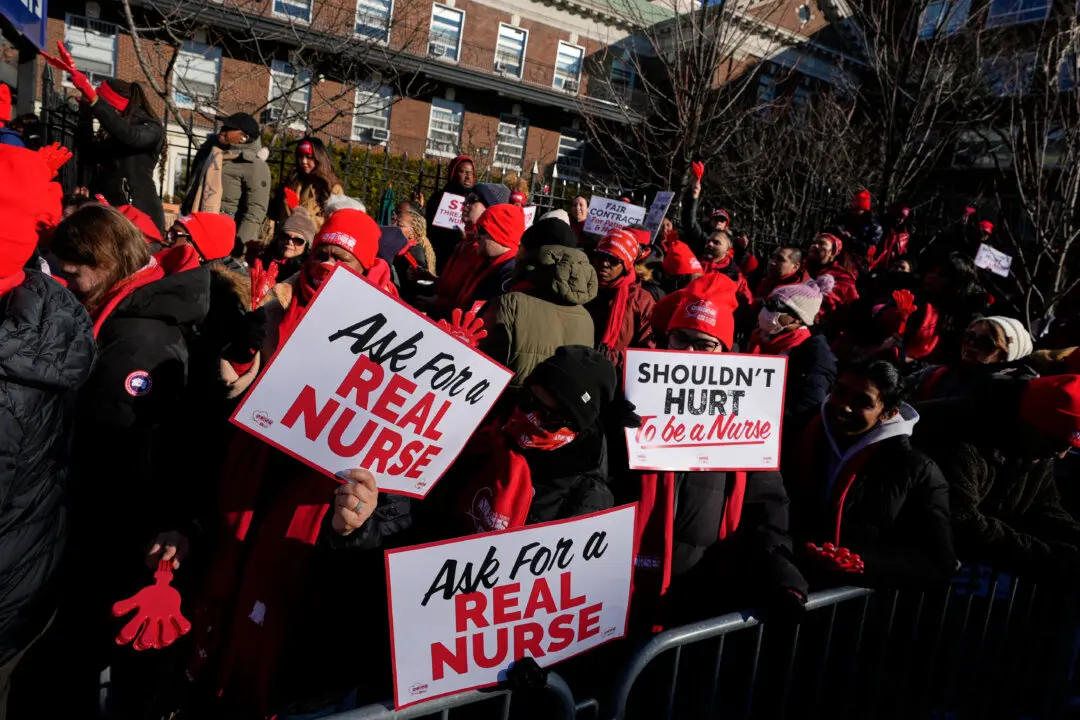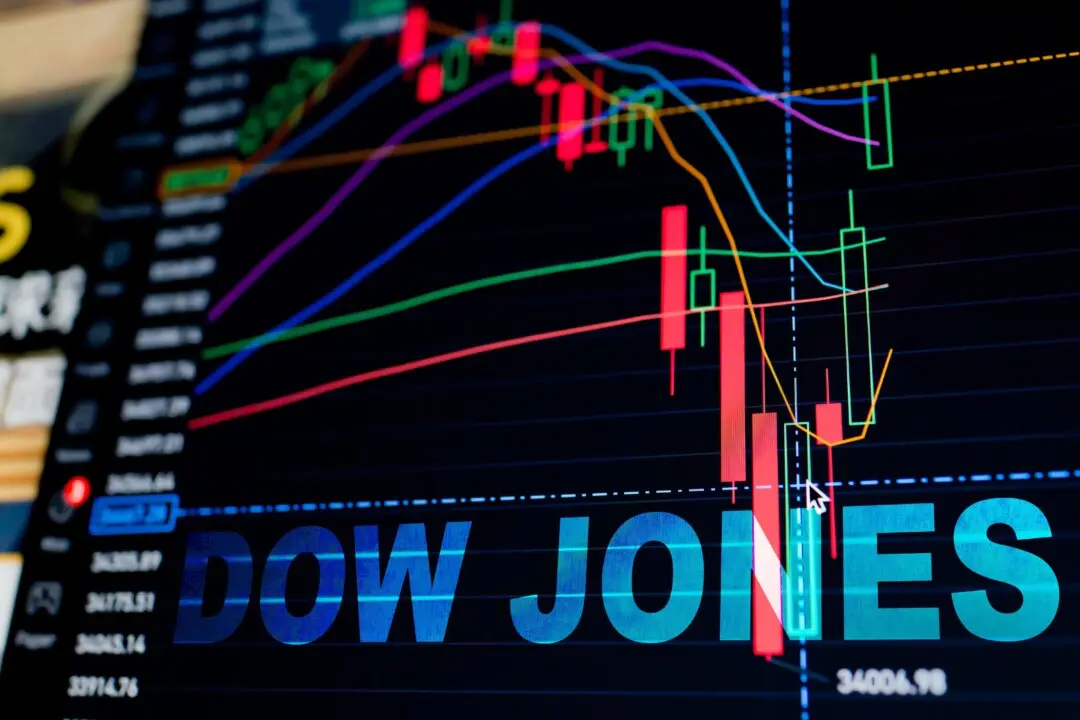The Academy Awards television audience plunged to 9.85 million viewers on ABC, less than half of the Oscars’ previous low and continuing a startling trend of viewer tune out for awards shows.
The Nielsen company’s preliminary estimate shows that the audience who watched “Nomadland” win best picture on Sunday was 58 percent below last year’s tally of 23.6 million, which had set the previous record for least-watched Oscars telecast. ABC owns broadcast rights for the Oscars until 2028.





